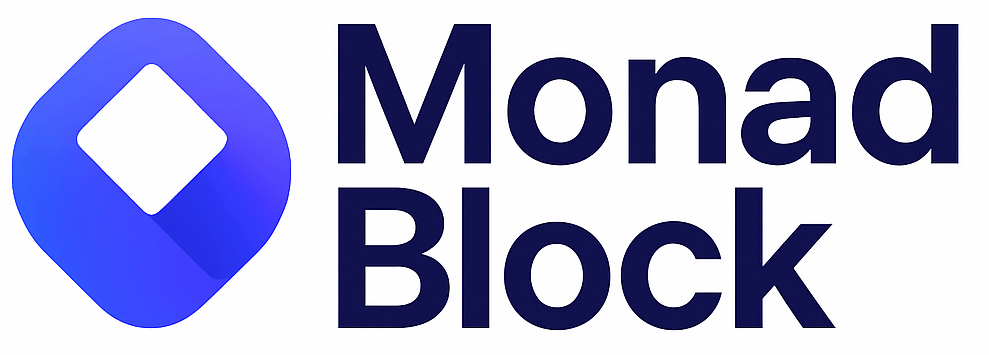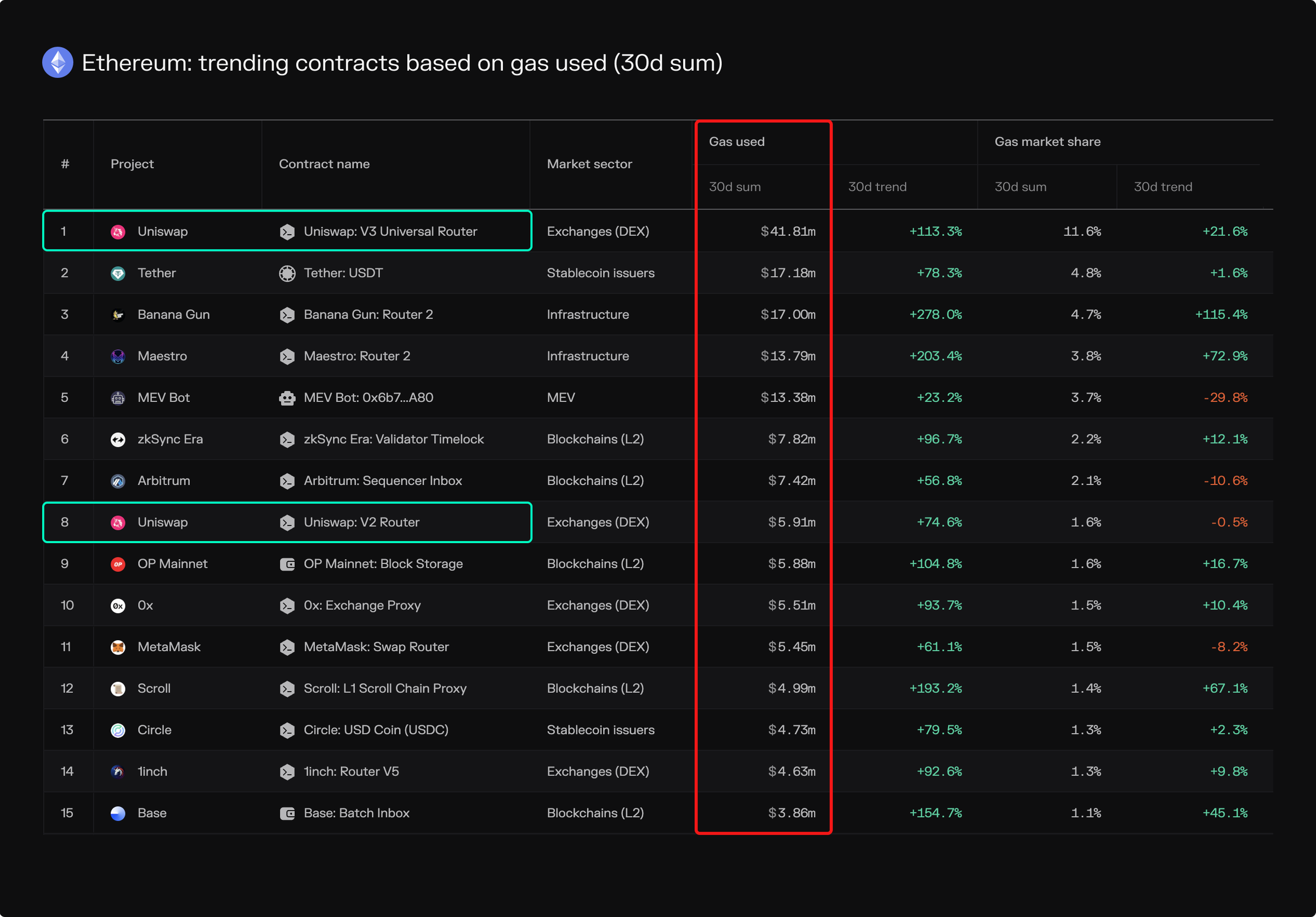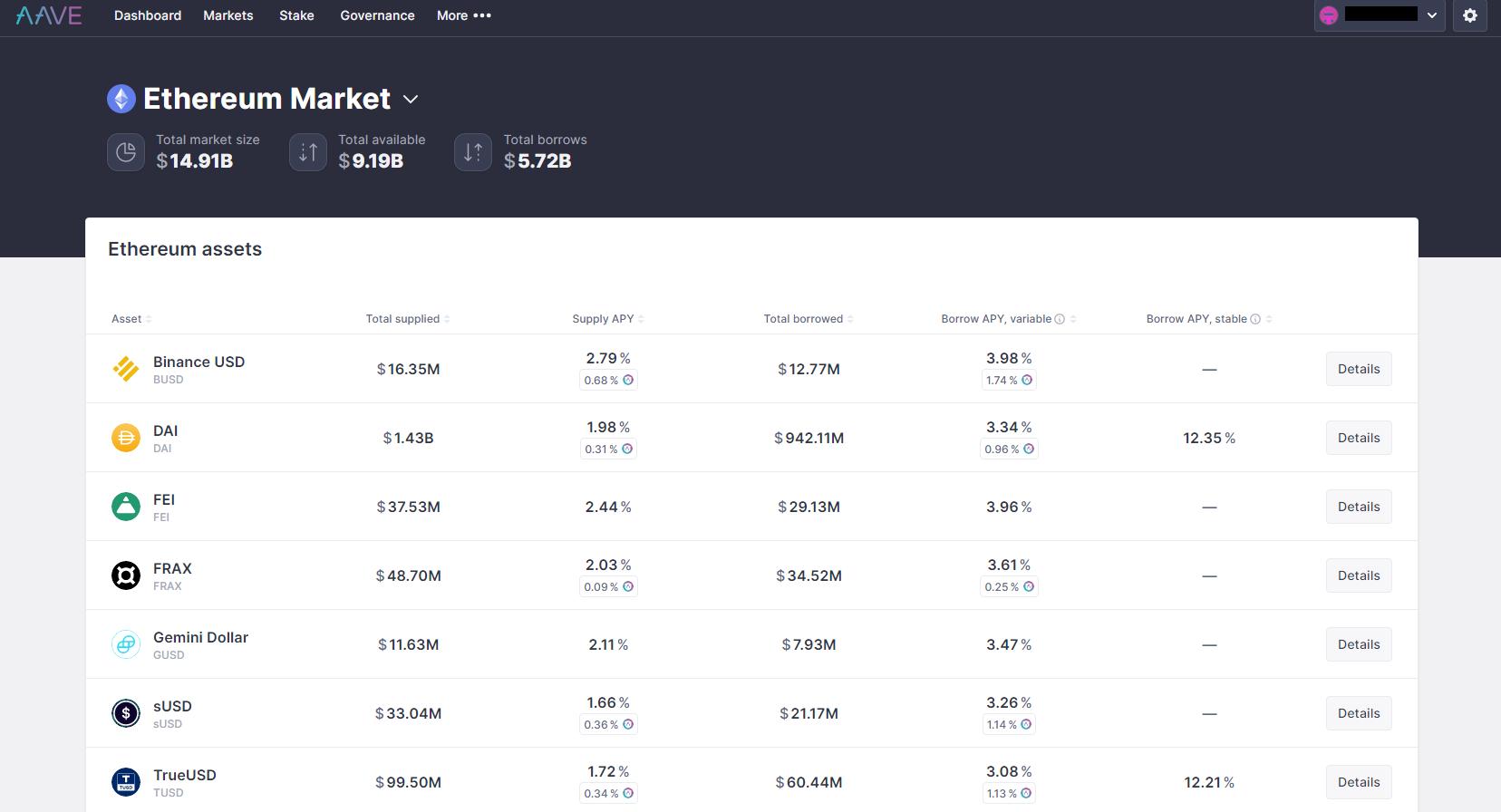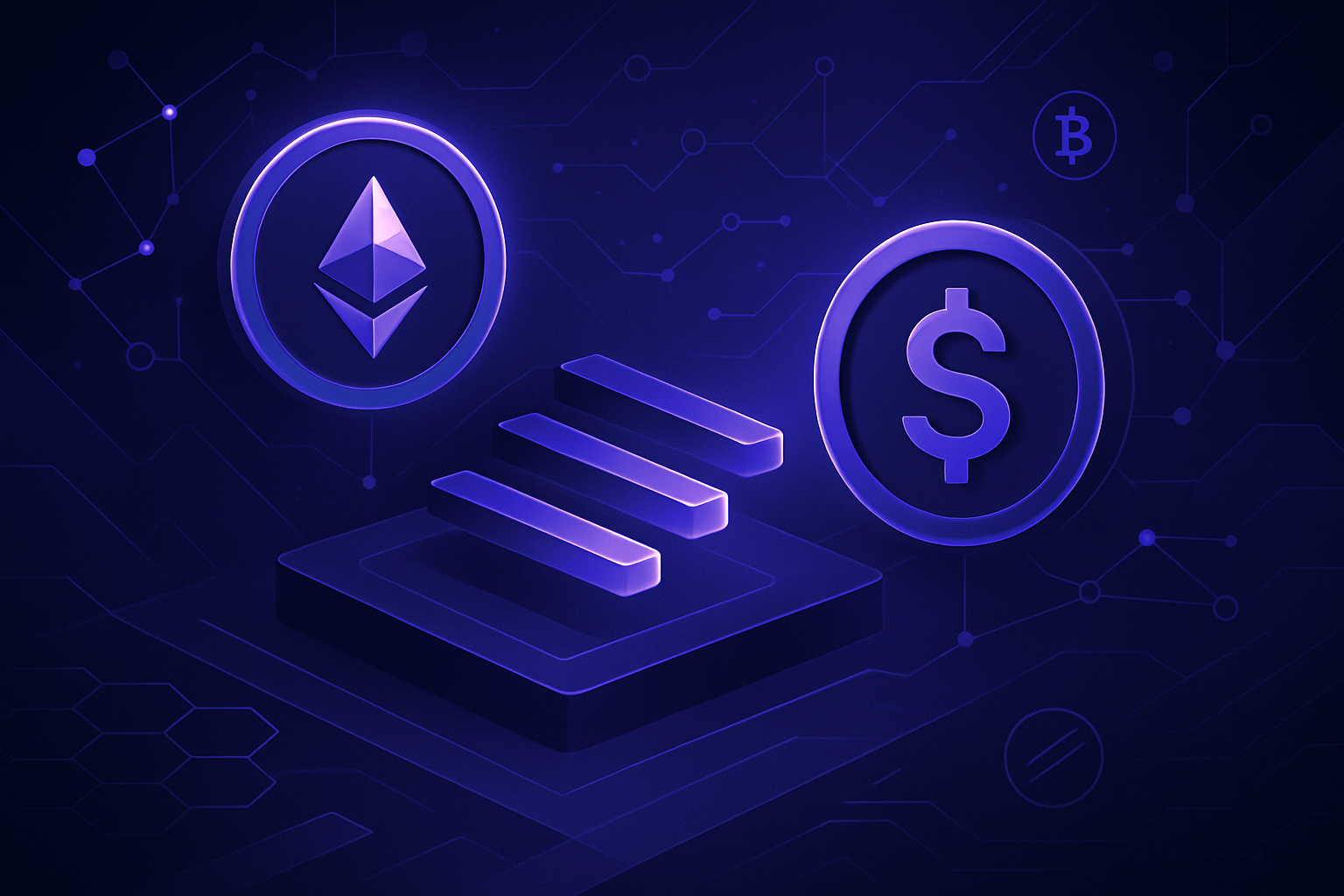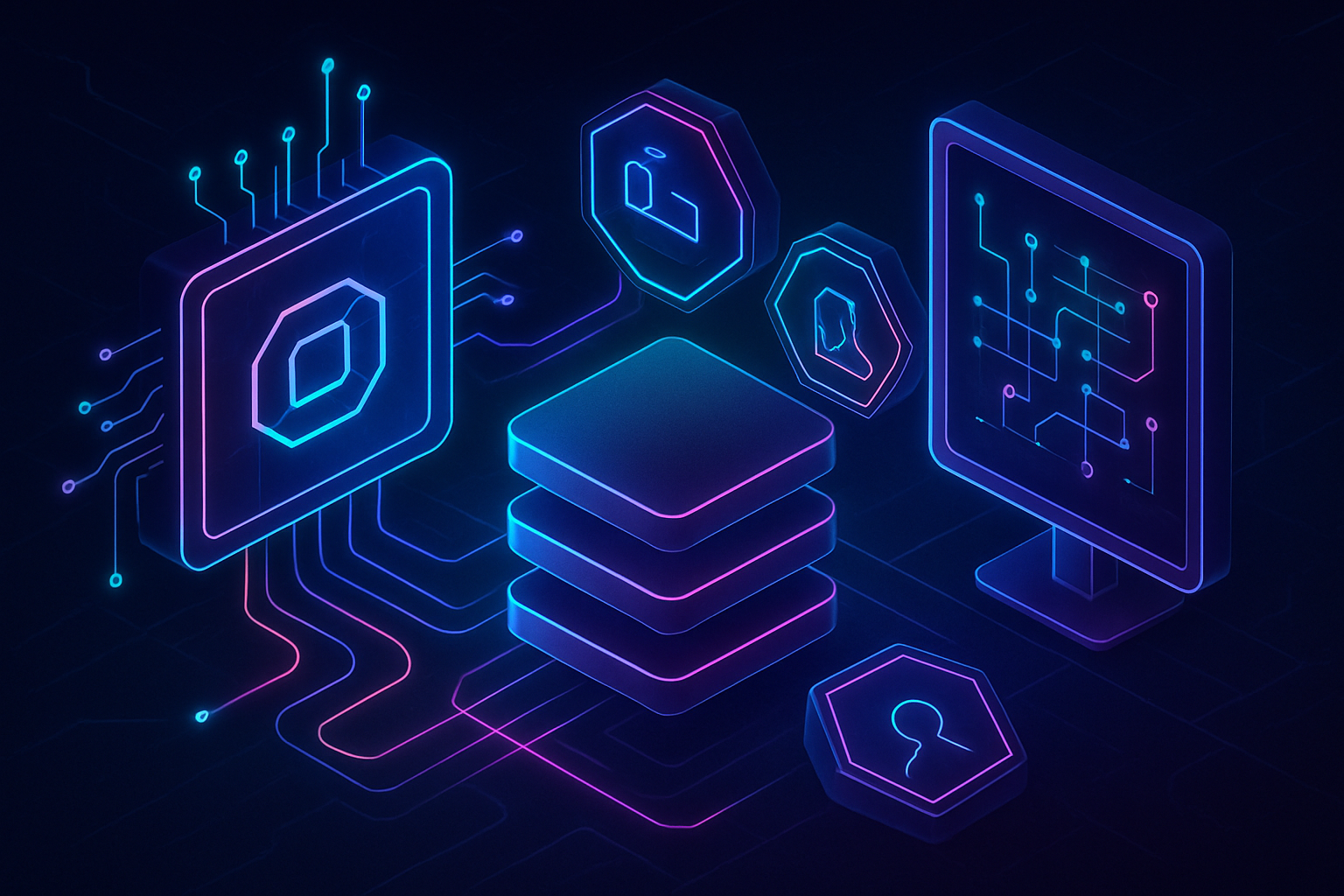
Scalability and speed are the gold standards for next-gen DeFi and NFT apps, and Monad is rewriting the rules with its parallel EVM execution. In a landscape dominated by sequential bottlenecks, Monad’s high-performance EVM chain is unlocking transaction throughput at a scale Ethereum users have only dreamed of. The secret? A blend of optimistic parallelization, innovative consensus, and custom storage that collectively drive over 10,000 transactions per second, without sacrificing the familiar EVM developer experience.
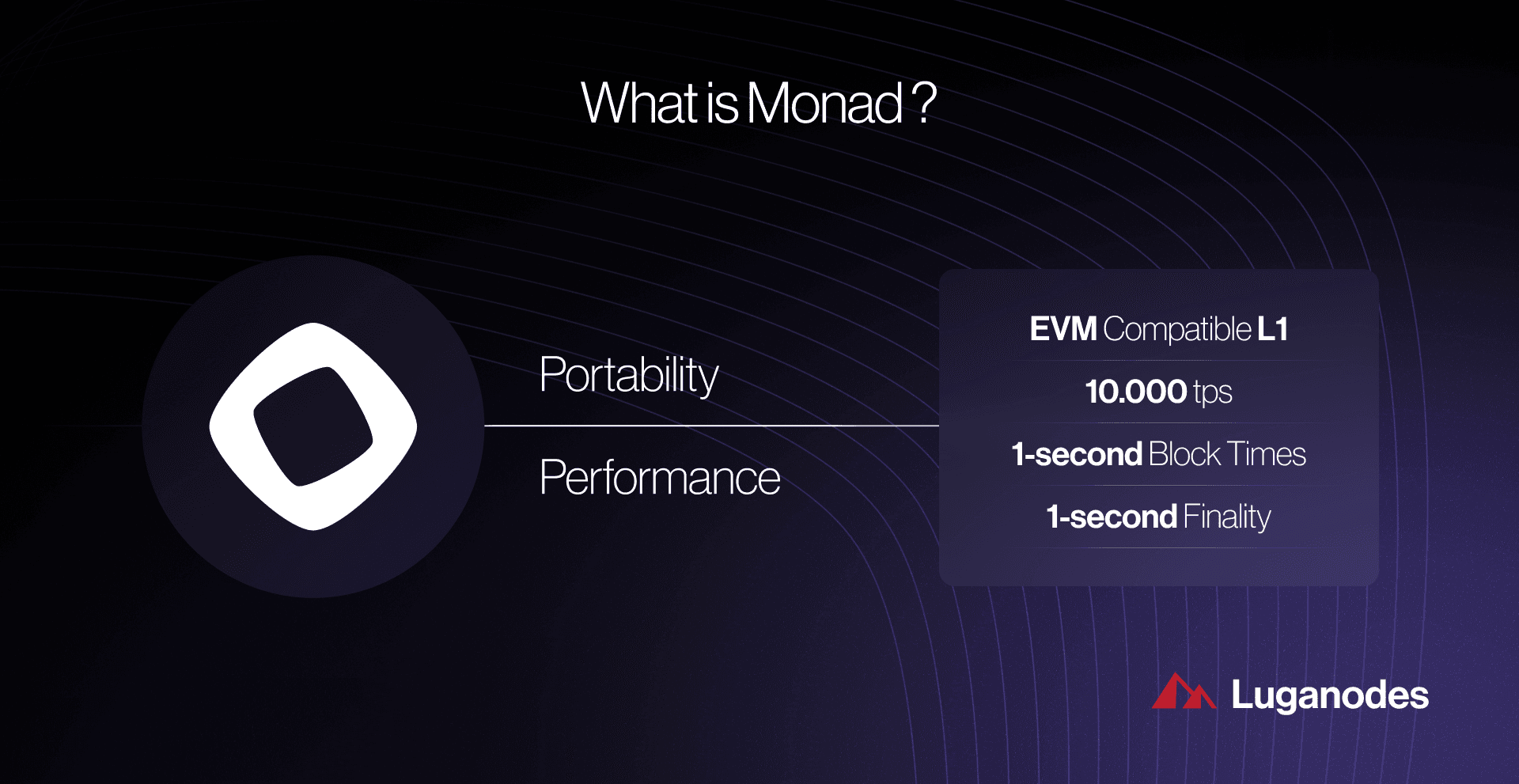
From Sequential Bottlenecks to Parallel Powerhouse
Let’s get visual: picture Ethereum as a single-lane road where every car (transaction) waits its turn. Now imagine Monad as a multi-lane expressway. By analyzing dependencies between transactions, Monad identifies which can be executed side by side, no collisions, no waiting. This is the core of Monad parallel EVM execution: independent transactions are processed across multiple cores in real time, yet blocks remain linearly ordered for deterministic state updates.
This isn’t theoretical. Where legacy EVM chains grind at 10-15 tps during peak congestion, Monad consistently delivers over 10,000 tps. That’s not just faster; it’s transformative for DeFi protocols and NFT drops where milliseconds matter and user experience is everything.
Why Parallelized EVM Matters for DeFi Apps
Decentralized exchanges (DEXs), lending platforms, perpetuals, all live or die by throughput and latency. On Ethereum mainnet today, high gas fees and slow settlement can kill user adoption during market surges. With Monad’s architecture:
- No more auction chaos: NFT marketplaces handle massive spikes in traffic without clogging or failed mints.
- Smoother DEX trades: High-frequency trading strategies execute seamlessly as order books update in real time.
- Lending protocols scale up: Liquidations and collateral adjustments process instantly, even under stress conditions.
The result? Developers can finally build ambitious dApps without architecting around layer-1 limitations or unpredictable user costs. For a technical deep dive into how this works under the hood, check out this detailed breakdown.
Top 5 DeFi Use Cases Supercharged by Monad
-
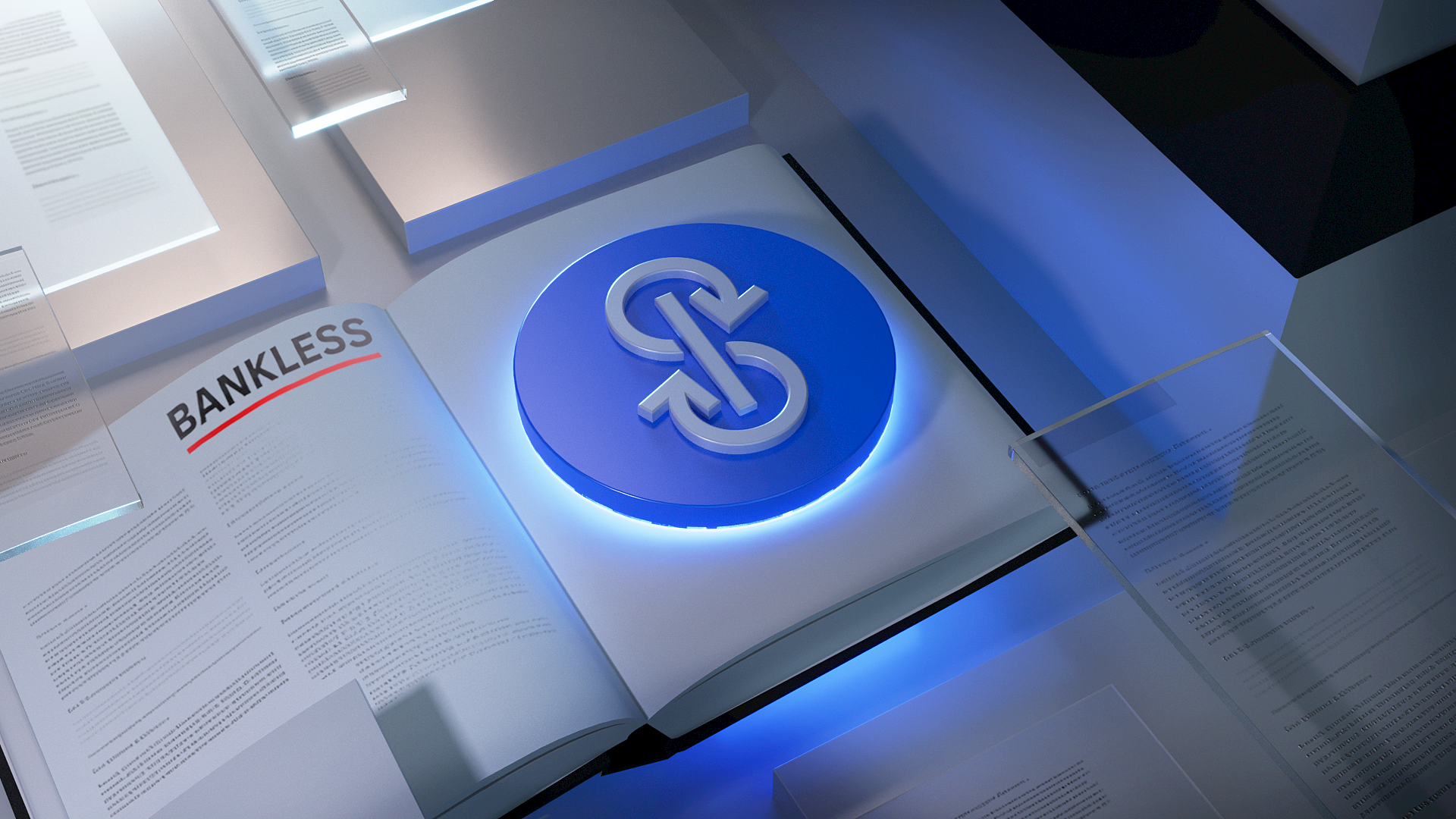
Yield Aggregators: With Monad, yield optimization platforms like Yearn Finance can execute complex, multi-step strategies in parallel, maximizing returns for users without delays from network congestion.
-
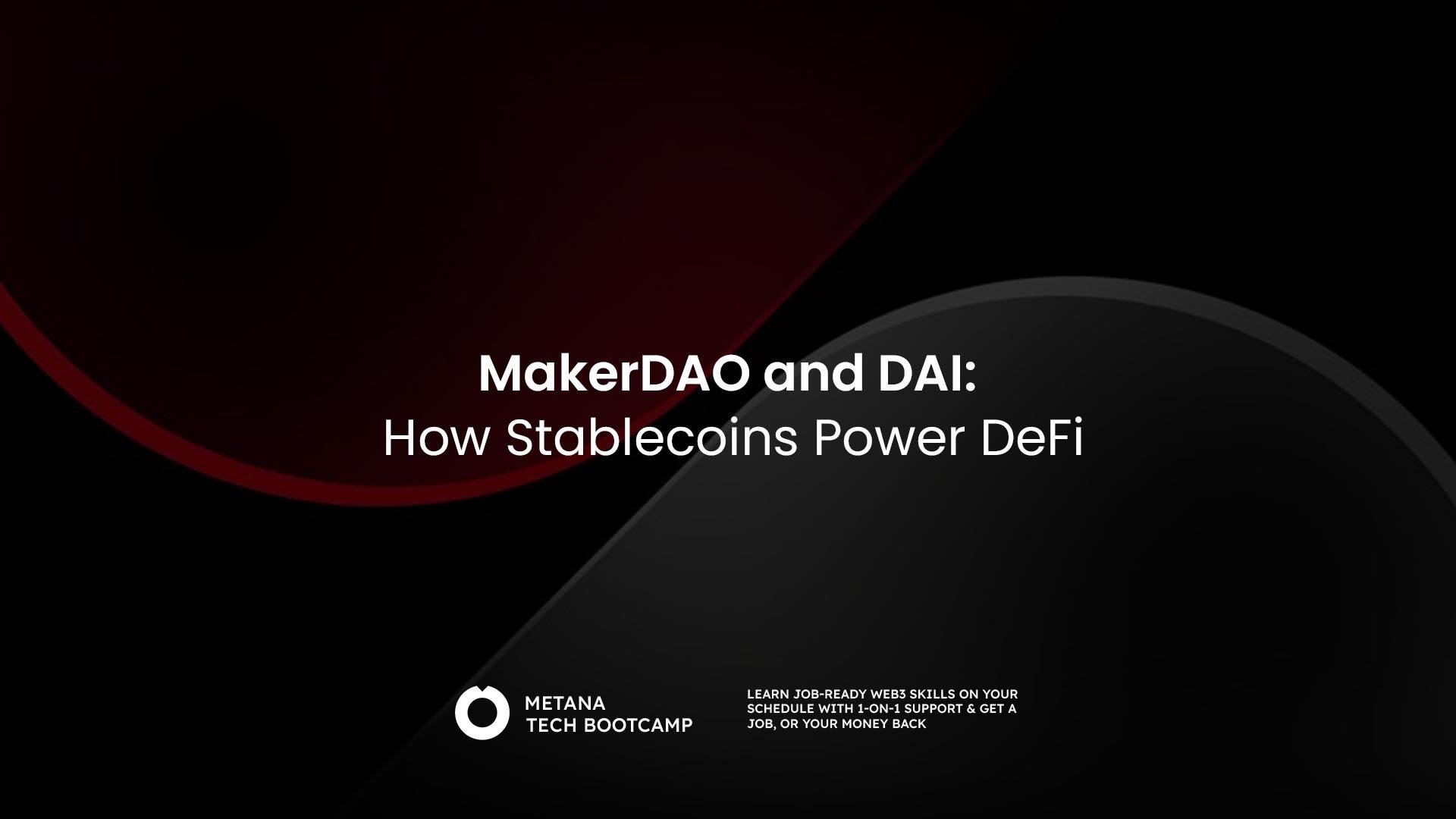
Stablecoin Settlement: High-throughput parallel execution allows stablecoin protocols such as MakerDAO (DAI) to handle rapid minting, redemption, and transfers, ensuring price stability and efficient arbitrage across DeFi markets.
-
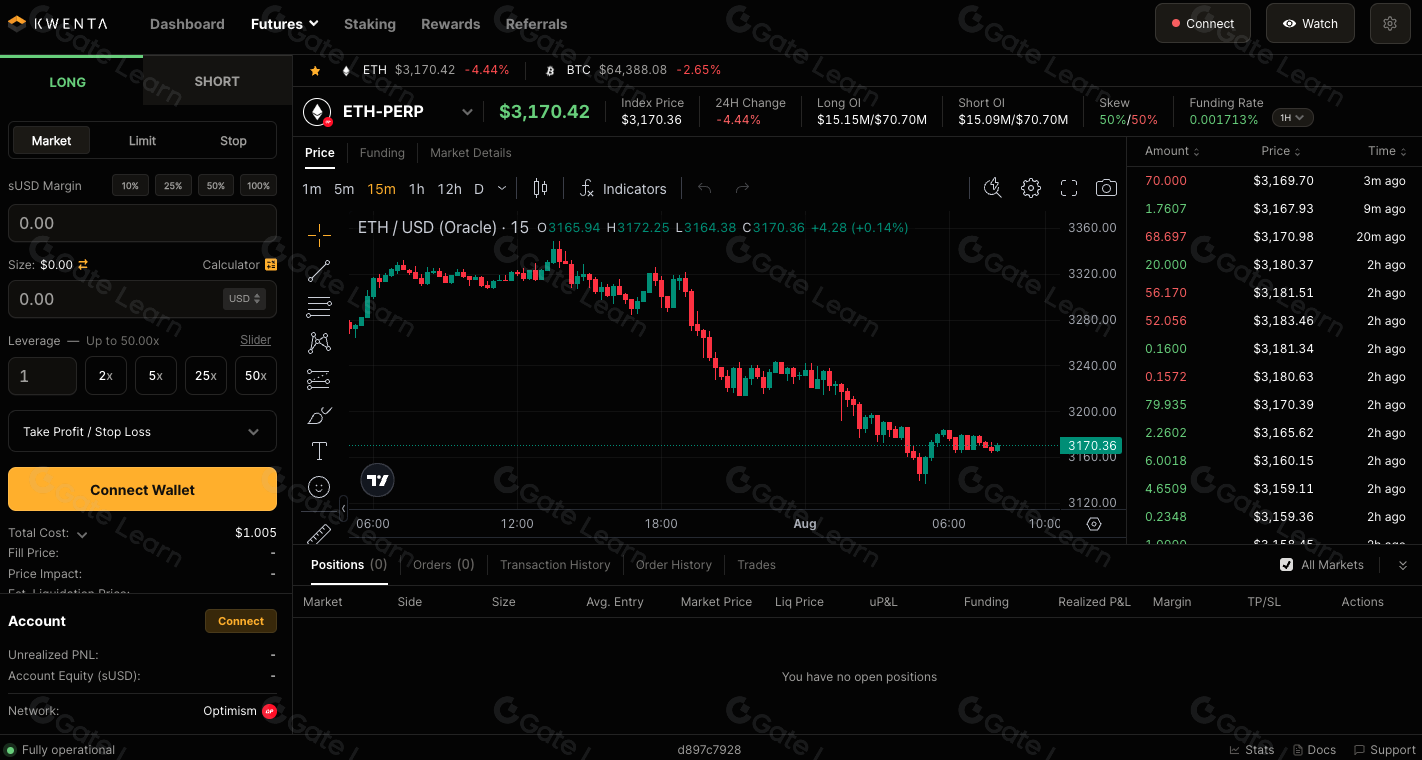
Derivatives & Synthetics Trading: Platforms like Synthetix can process a high volume of trades and liquidations in parallel, making decentralized derivatives trading as fast and reliable as centralized alternatives.
The Tech Behind Monad’s Speed: Deferred Execution and Custom Storage
Monad doesn’t just parallelize smart contracts, it rethinks every layer of blockchain execution. By decoupling transaction ordering from execution (deferred execution), the protocol finalizes block order before running transactions in parallel. This means less waiting around for confirmation and more efficient use of block space, a win-win for low-latency dApps.
The custom-built MonadDB, optimized for rapid reads/writes on SSDs, further accelerates performance while reducing hardware requirements for validators. Combined with MonadBFT, a HotStuff-inspired consensus protocol that minimizes communication rounds while maintaining security guarantees, these innovations position Monad as the go-to chain for builders demanding both speed and reliability.
It’s not just about raw speed. Monad’s high-performance EVM chain is engineered for real-world usability, meaning lower gas fees and a smoother experience for both developers and end users. By increasing transaction throughput and reducing network congestion, Monad helps keep fees predictable, even during volatile NFT mints or DeFi market spikes. This predictability is crucial for protocols that need to manage risk, ensure liquidity, and deliver on-chain actions without costly delays.
Unleashing the Next Wave of NFT Projects
The NFT ecosystem thrives on moments: timed drops, auctions, and viral collections that can attract tens of thousands of users in seconds. On legacy chains, these surges often mean failed transactions or exorbitant gas wars. Monad’s parallelized smart contracts flip the script, marketplaces can process bids, listings, transfers, and mints simultaneously without tripping over dependency conflicts.
This isn’t theoretical: imagine an NFT auction where every participant gets a fair shot because the network doesn’t choke under pressure. Or a gaming platform where in-game asset trades settle instantly. Monad’s architecture enables these experiences right now.
5 Key Benefits Monad NFT Projects Gain from Parallel EVM Execution
-
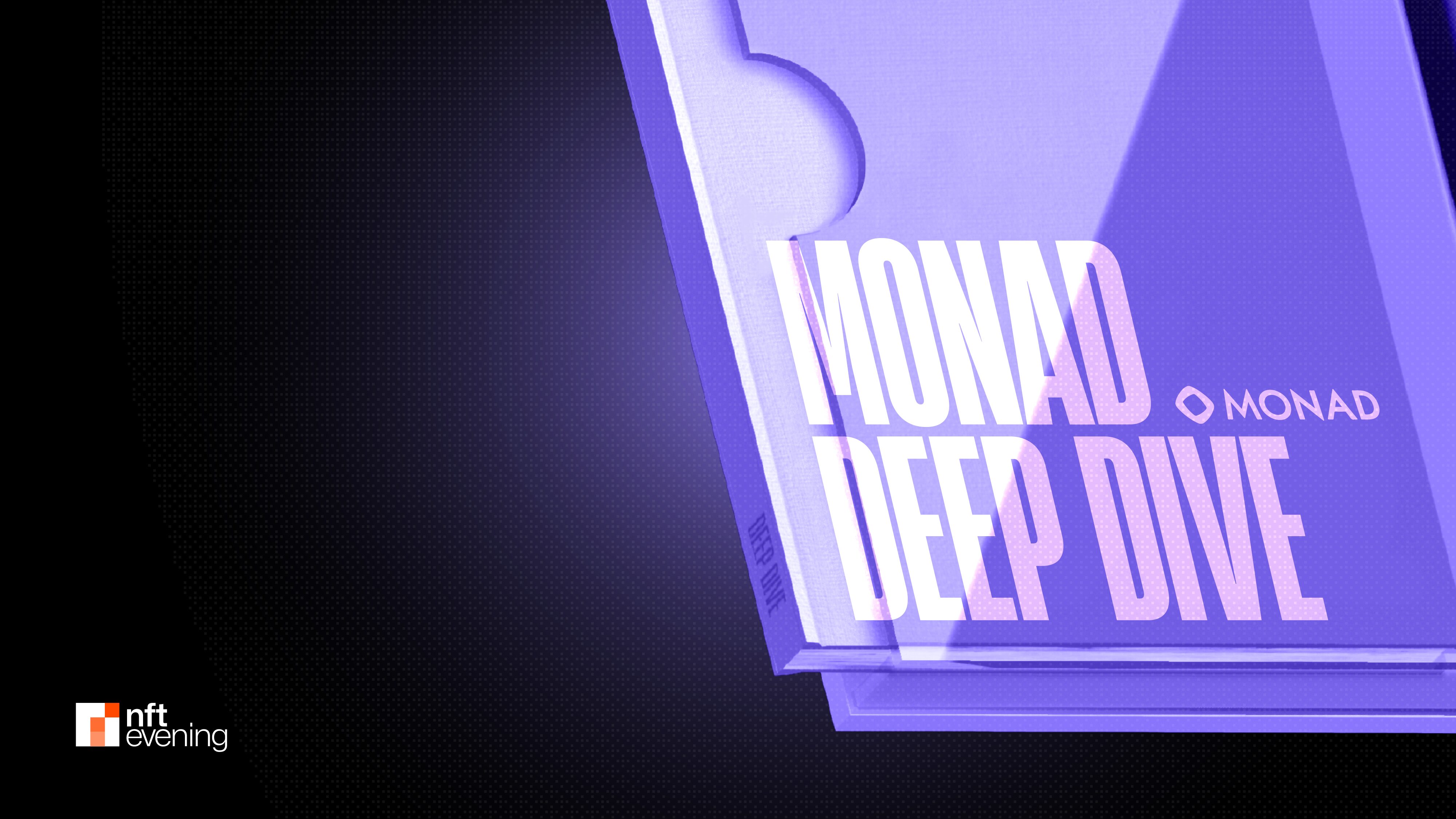
Massively Increased Transaction Throughput: Monad’s parallel EVM execution enables NFT projects to process over 10,000 transactions per second, eliminating the bottlenecks seen on traditional EVM chains and supporting high-volume drops and auctions.
-

Reduced Network Congestion During NFT Drops: By executing independent transactions simultaneously, Monad minimizes network slowdowns during peak events, ensuring fast and reliable minting for users even during popular NFT launches.
-
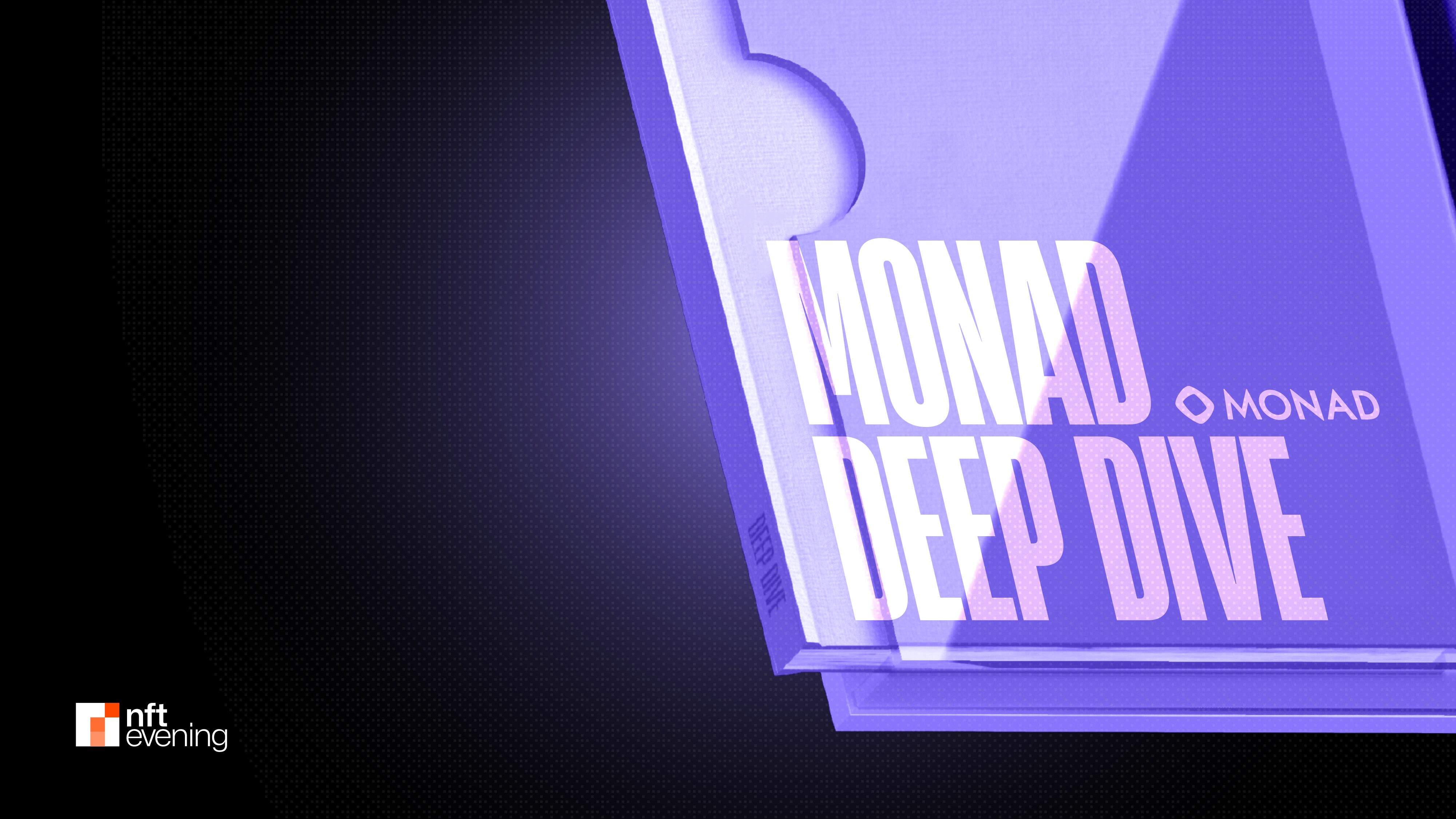
Lower Gas Fees for NFT Minting and Trading: Enhanced scalability from parallel execution leads to lower transaction fees, making NFT creation and trading on Monad more affordable for both creators and collectors.
-
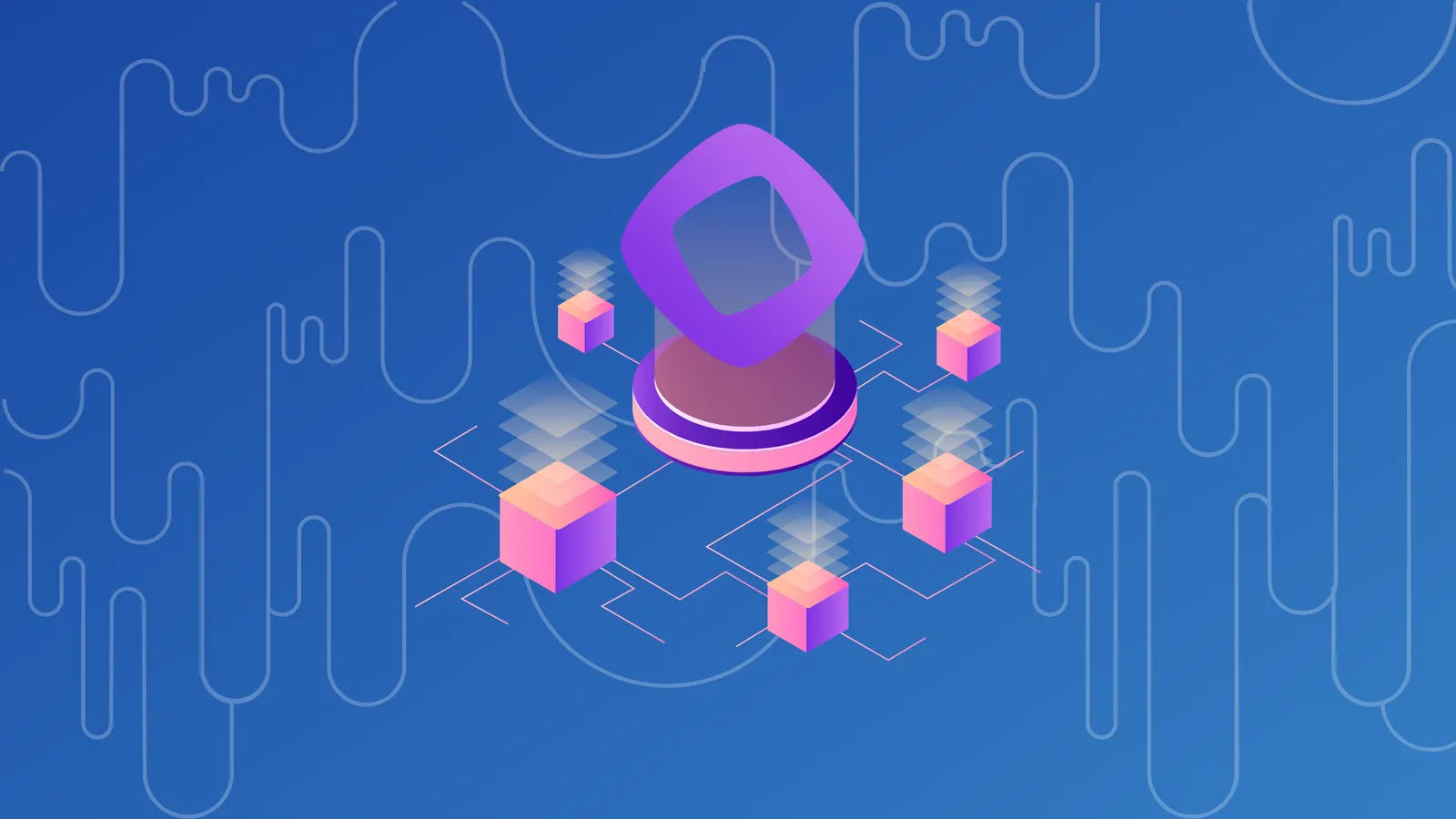
Seamless User Experience for NFT Marketplaces: Monad’s architecture reduces latency, enabling instant confirmations and smoother interactions on NFT platforms, which is critical for time-sensitive activities like auctions and flash sales.
-
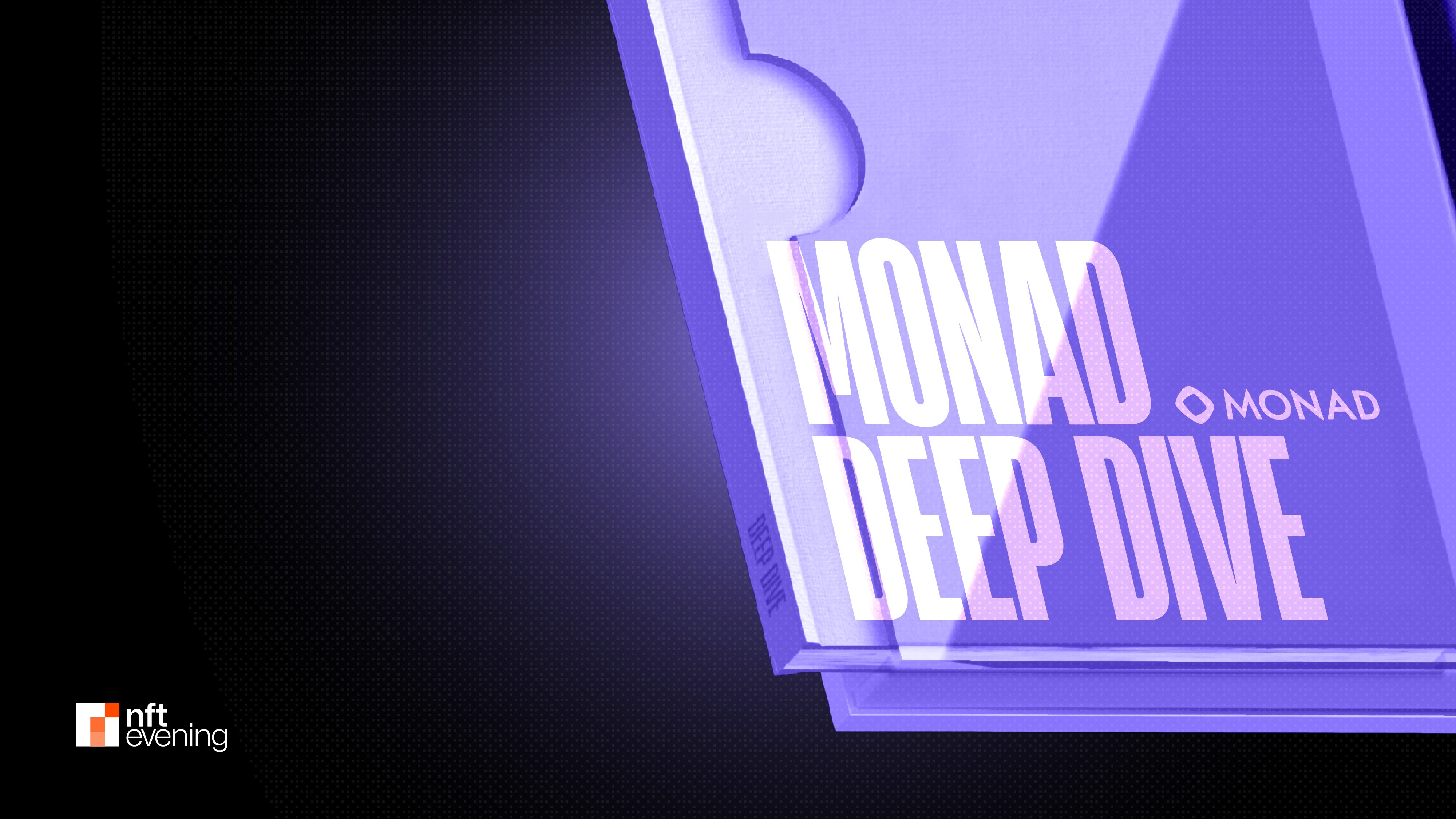
Greater Developer Flexibility and Innovation: With EVM compatibility and parallel execution, NFT projects can leverage existing Ethereum tooling while building scalable, next-gen features—from complex on-chain metadata to interactive NFTs—without performance trade-offs.
Developer Experience: Ethereum Compatibility Without Compromise
One of Monad’s most pragmatic choices is full EVM compatibility. Developers can deploy existing Solidity smart contracts with zero rewrites while immediately benefiting from parallel execution and high throughput. There’s no learning curve or migration tax, just faster dApps with lower latency and more predictable costs.
For teams building ambitious DeFi apps or launching large-scale NFT projects, this means:
- No need to re-architect protocols for new virtual machines
- Seamless integration with familiar Ethereum tooling
- Instant scalability for user bases previously limited by L1 bottlenecks
Performance Benchmarks: Beyond the Hype
The numbers speak for themselves: Monad consistently processes over 10,000 tps with single-slot finality. These aren’t lab results, they’re benchmarks achieved under real-world conditions thanks to innovations like deferred execution and MonadDB’s SSD-optimized storage engine.
If you want a technical breakdown of how Monad achieves this level of performance, and what it means for your next dApp, see this in-depth analysis.
A New Standard for High-Performance EVM Chains
The future of DeFi and NFTs isn’t just about scaling up, it’s about enabling new types of applications previously impossible on legacy infrastructure. With its unique blend of optimistic parallel execution, custom consensus (MonadBFT), SSD-native storage (MonadDB), and strict EVM compatibility, Monad sets a new bar for what developers should expect from an L1.
The bottom line? If you’re building the next generation of decentralized apps, and want to future-proof your project against congestion, latency spikes, or unpredictable costs, Monad is the chain to watch.
